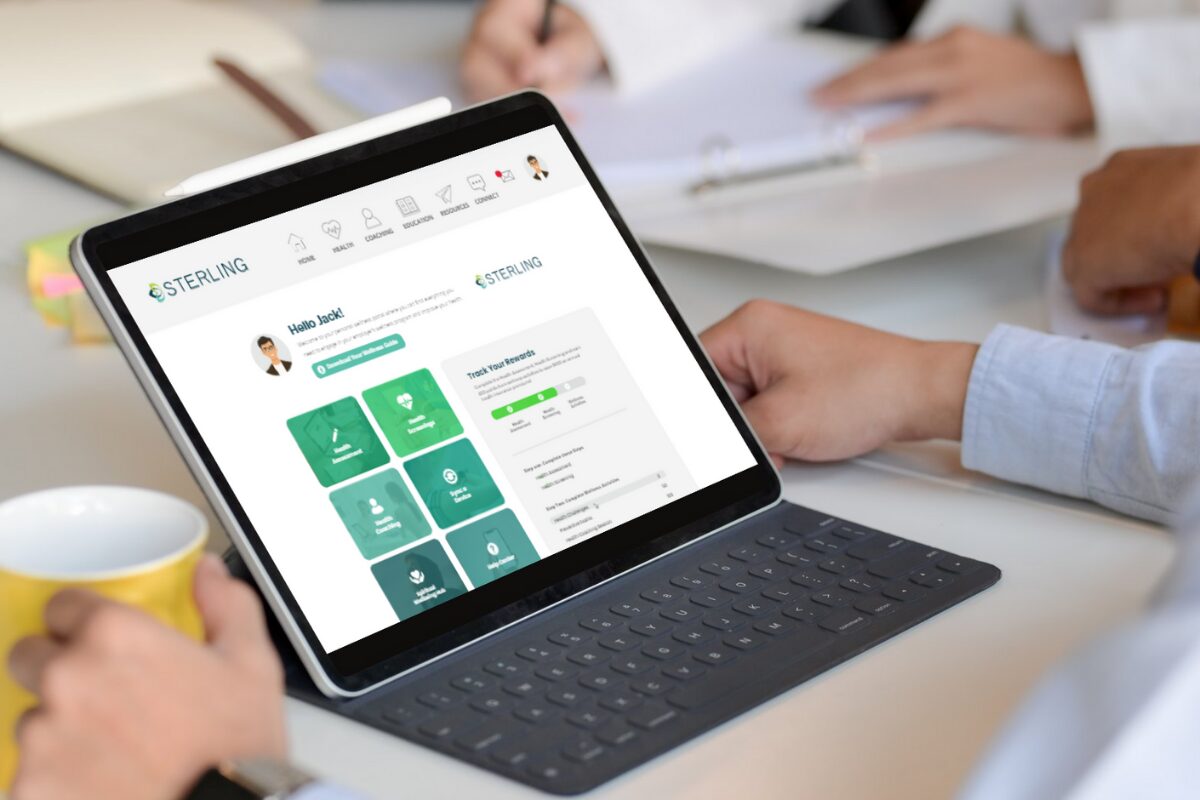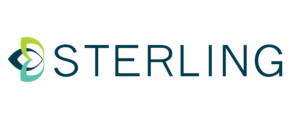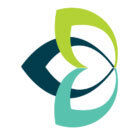
Choosing the right employee wellness portal is crucial for organizations to engage employees in their wellbeing programs. Start your search by making a list of your needs and must-haves to drive engagement and lasting behavior change.
Not sure where to begin? We asked our experts at Sterling, and these are our top 5 features to look for in your wellness portal.
Flexible Incentive Management
When choosing an employee wellness portal, it is important to select one that can effectively support your unique program design. Your wellness portal should be able to adjust to and meet the specific goals and objectives of your wellness program. The portal should handle various reward structures. These structures can be tiered designs or outcomes-based programs where rewards are given to individuals based on specific health outcomes.
By opting for a wellness portal that can support unique reward structures, you are ensuring that your program can evolve and grow over time. As your program progresses year over year, you may want to introduce new elements or modify existing ones. The portal should be flexible enough to accommodate these changes without requiring significant modifications or investments.
Additionally, a hands-off incentive management feature is crucial for a wellness portal. This means that the portal should be able to automatically track and manage incentives without requiring constant manual intervention. This not only saves time and effort for program administrators but also ensures accuracy and fairness in the incentive distribution process.
Choosing a wellness portal that supports program design and manages incentives sets your program up for long-term success and growth. It helps your program to be flexible, adaptable, and efficient and allows it to meet the needs and goals of your participants. It also allows it to adapt to changes.
Enhanced Device Connectivity
A winning portal will provide various features and functionalities related to health and wellness. A key aspect of a portal is its ability to link with numerous mobile apps, fitness trackers, and health devices. If users can sync devices and apps with the portal, it allows for a centralized and streamlined experience.
For instance, if a user has a fitness tracker that monitors their daily steps, heart rate, and sleep patterns, they can connect it to the portal. This integration enables the portal to gather data from the tracker and display it in a user-friendly format. The same goes for other health devices like glucose monitors, blood pressure monitors, or even smart scales. By connecting these devices to the portal, users can conveniently track and monitor their health metrics in one place.
The comprehensive device integration offered by a successful portal eliminates the barrier of complicated tracking. Users can access and analyze their health data through the portal. They can use it as a central hub instead of using multiple apps or devices. This not only saves time and effort but also provides a more personalized user experience.
With all the data from various devices and apps consolidated in one place, users can easily gain insights into their overall health and wellness. They can track their progress, set goals, and make informed decisions about their lifestyle choices. The portal can also provide personalized recommendations and suggestions based on the collected data, helping users improve their health outcomes.
A good employee wellness portal does more than just track activity. It connects to many apps, trackers, and health devices. This comprehensive device integration simplifies the tracking process and provides users with a seamless and personalized user experience. By centralizing health data and offering valuable insights, the portal empowers users to take control of their health and make informed decisions.
Custom Content and Programs that Address Personal Health Risks
Customized user education is essential to driving behavior change. Look for a portal that generates content based on the identified risks of the user. Everyone’s wellness story is unique, so it is important that your wellness portal offers personalized programming that guides the participant to the resources that are most meaningful to them.
A crucial aspect in achieving this is through dynamically generated content based on the identified risks of the user. By harnessing data analytics and user input, an effective portal can pinpoint the areas of concern for each participant, whether it be stress management, nutrition, fitness, or other aspects of wellness.
This personalized approach recognizes that everyone’s wellness journey is shaped by unique circumstances, preferences, and goals. From providing targeted articles, interactive tools, community support forums, or expert-led webinars, the portal should guide users towards the most relevant and impactful resources to support their wellbeing.
Engaging and Customized Communications
In addition to risk-driven content, the ability to deliver customized triggers and nudges based on risk levels can greatly enhance the effectiveness of your wellness portal. By tailoring the messaging and notifications to individual participants, you can guide them towards specific pathways that offer additional support.
One way to achieve this is through push notifications, which can be sent directly to participants’ devices. Notifications can give reminders for tasks or resources. They provide timely and relevant information, increasing participant engagement and encouraging action.
Another useful feature to look for in a wellness portal is appointment reminders. These reminders can ensure users do not miss important appointments such as health coaching sessions or health screening appointments. Appointment reminders reduce missed engagements and help keep participants on track.
A wellness portal that offers a variety of messaging and notifications can greatly contribute to keeping employees engaged. By delivering content in a way that is tailored to their individual needs and risk levels, participants are more likely to actively participate in their support journey and take advantage of the resources available to them.
Digital Tools that Support Personalized Health Journeys
The world of digital health management has significantly enhanced the ability to impact lifestyle behavior. Digital tools provide various options for individuals to participate in their health journey. These tools can include health assessments, coaching courses and personal trackers. In addition to web-based tools, make sure your portal has a mobile app so participants can easily access their program while on the move.
The need for a deeply personalized experience is the common thread woven throughout many of our top portal features. While many portals offer bells and whistles, it’s important to focus on the individual user journey. Knowing the needs of your population is the perfect way to narrow your search so that you can find an employee wellness portal that will best suit your needs.
Ready to learn more? Schedule a demo today!crucial





